Evaluating a building or a house on the basis of how effortlessly it is illuminated by natural light and the air is quite constant. It doesn’t matter how lavish and comfortable an architecture design is made, there should never be a compromise on the amount of natural light surrounding it.
Natural light is an important architectural element that can make a space feel warm, welcoming, and inviting. It can also have a profound impact on our physical and mental well-being, making it an essential consideration in any design project. However, we have observed that a lot of spaces these days lack sufficient sources of natural light in their architecture design which often leads to many health issues among homeowners.
Even if sufficient artificial lighting is used, the level of brightness, light distribution around the space, the colors of lights and their reflections play a very significant role in making a room well-lit. Each room demands a different amount of light, its placement in the house structure, the surrounding areas, its interior design as well as house front elevation. All these factors combine together to illuminate a space with natural light in architecture design.
Homeowners can always ask their interior designers or architects for better designs that induce more natural light and freshness in the environment. Make My House is one of the best online architect services in India that have successfully served projects which demand sustainable structures and designs. Our platform enables you to explore our wide range of ready-made designs and choose the one best suited to your lifestyle. Our online architectural designs are well known for their dedication to building functional and modern architectural designs.
Here are some of our inputs on the dynamism of natural light in building architecture designs.
Ways to Induce Natural Light in Architecture Design
Strategic Window Placement:
The placement and size of windows play a crucial role in harnessing natural light. Consider the orientation of the building and the path of the sun throughout the day. South-facing windows receive the most sunlight while north-facing windows provide consistent but indirect light. East-facing windows capture the gentle morning sun, and west-facing windows offer warmer afternoon light. By strategically placing windows according to the specific needs of each space, designers can optimize the influx of natural light.
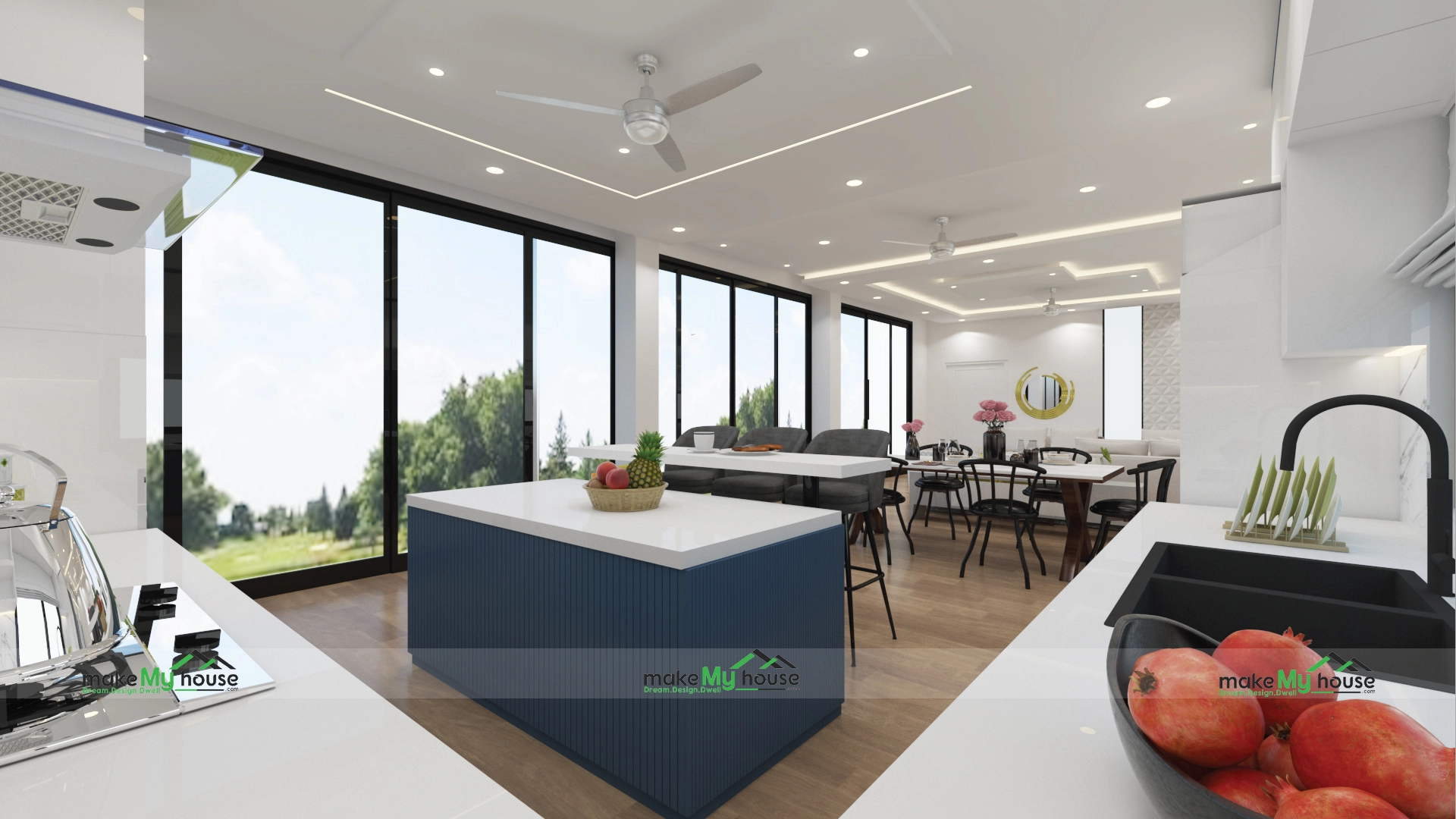
Expansive Glass Facades:
Utilizing glass facades is an excellent way to invite copious amounts of natural light into a building architecture design. Large floor-to-ceiling windows or glass curtain walls can create a seamless connection between the interior and exterior, flooding spaces with natural light. Additionally, the transparency of glass allows for unobstructed views, further enhancing the visual experience and connection to the surrounding environment.
Clerestory Windows and Light Wells:
Clerestory windows are positioned high on walls, near the ceiling, allowing light to penetrate deep into space. They bring in an abundance of natural light while maintaining privacy. Light wells, on the other hand, are vertical shafts that extend from the roof or upper floors to the lower levels, channeling sunlight into otherwise dark areas. These architectural design features not only illuminate the interior but also add visual interest and architectural character. Online architecture designs as well as local architects use this factor immensely in their design projects.
Skylights and Roof Glazing:
Skylights are an excellent solution for introducing natural light into areas where windows are not feasible, such as internal corridors, stairwells, or basements. They can be strategically positioned to capture direct sunlight or diffuse it through frosted or tinted glass for softer illumination. Roof glazings, such as glass atriums or light tubes, can also channel natural light deep into the core of a building, spreading its radiance throughout.
Light-Reflecting Surfaces:
Incorporating light-reflecting surfaces can amplify the effect of natural light. Light-colored walls, ceilings, and floors bounce light around a space, enhancing its brightness and reducing the need for artificial lighting. Materials with glossy or polished finishes, such as glass, mirrors, or polished concrete, can further reflect and distribute natural light, creating a sense of expansiveness.
Interior Design Considerations:
Interior design elements can also contribute to optimizing natural light. Avoiding heavy curtains or blinds that block light when not needed allows for the continuous flow of sunlight. Using translucent or sheer window treatments can provide privacy while still allowing diffused light to enter. Additionally, incorporating light-colored furniture, minimalistic décor, and strategically placed mirrors can help reflect and amplify natural light within a space.
Outdoor Spaces and Light Filtering:
Designing outdoor spaces that seamlessly blend with the interior allows for the integration of natural light. Patios, terraces, or gardens adjacent to living areas can be designed to optimize daylight penetration. Consider using pergolas, awnings, or louvered systems to provide shade and filter light, preventing excessive glare and heat gain while still allowing the natural light to permeate.
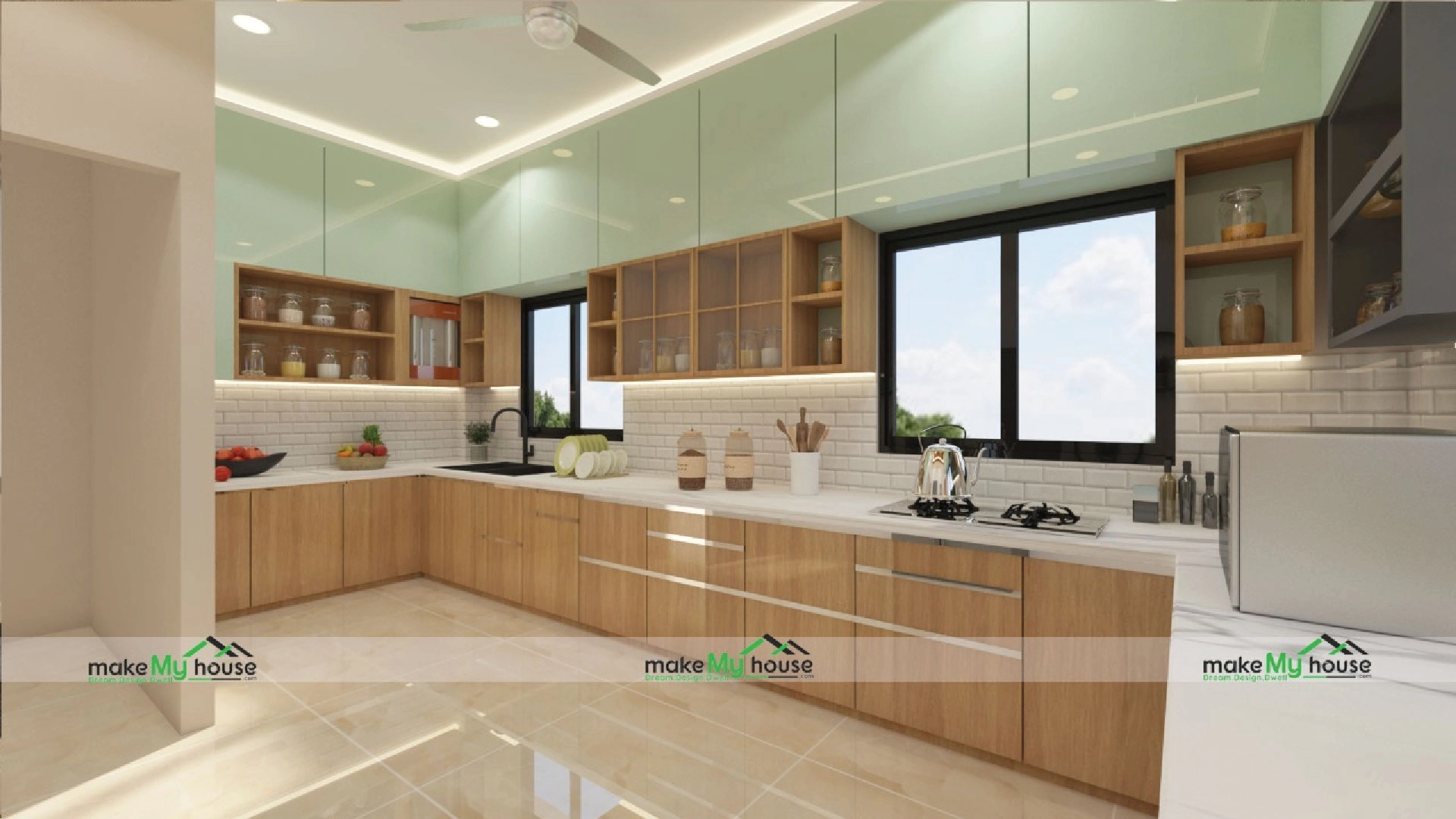
5 Benefits of Natural Light in Architecture
Natural light is a gift from nature that holds immense potential in architecture design. Beyond its aesthetic appeal, natural light offers a myriad of benefits that can elevate spaces to new heights of beauty, functionality, and well-being.
Health and Well-being:
One of the most significant advantages of natural light is its positive impact on human health and well-being. Exposure to natural light helps regulate our circadian rhythm, which in turn improves sleep patterns and boosts overall mood and energy levels. Sunlight is also a natural source of vitamin D, essential for bone health and immune function. By infusing spaces with ample natural light, architects can create environments that support the physical and mental well-being of occupants.
Visual Comfort and Productivity:
Natural light provides a superior quality of illumination compared to artificial lighting. Its soft, diffused nature reduces eye strain, headaches, and fatigue, creating a visually comfortable environment. Studies have shown that spaces filled with natural light can enhance productivity, concentration, and cognitive performance. By optimizing natural light, architects can create spaces that promote optimal work, study, and leisure experiences.
Energy Efficiency and Sustainability:
Harnessing natural light is not just beneficial for human well-being but also for environmental sustainability. By reducing the reliance on artificial lighting during daylight hours, energy consumption can be significantly minimized. This, in turn, leads to reduced carbon emissions and lower energy costs. Incorporating daylighting strategies, such as strategic window placement and light-reflecting surfaces, allows for the effective utilization of natural light, making buildings more energy-efficient and environmentally friendly.
Visual Aesthetics and Design Enhancement:
Natural light has the power to transform the visual aesthetics of a space. It creates a sense of depth, dimension, and openness that cannot be replicated by artificial lighting alone. The interplay of light and shadow adds a dynamic and captivating element to architectural features, textures, and materials. Natural light enhances the colors, textures, and details within a space, making it visually engaging and captivating to the occupants.
Connection with Nature and Biophilic Design:
Humans have an inherent connection with nature, and natural light serves as a conduit to reinforce that bond. By incorporating more natural light, architects can create spaces that foster a connection with the outdoors. Views of nature, changes in natural light patterns throughout the day, and the gentle warmth of sunlight evoke a sense of calm, tranquillity, and well-being. This integration of nature and light aligns with the principles of biophilic design, enhancing occupant satisfaction and overall quality of life.
Natural light is a powerful tool that can elevate online architectural design to new heights. Its ability to enhance well-being, create visually captivating spaces, and contribute to energy efficiency makes it an invaluable asset. By skillfully incorporating natural light through thoughtful window placement, innovative skylights, and smart material selection, architects can transform buildings into uplifting, sustainable, and harmonious spaces. Embracing natural light not only improves the quality of life for occupants but also contributes to a more sustainable and environmentally conscious future.
Frequently Asked Questions about Architecture Designs and Natural Lights
Q: Why is natural light important in architecture?
Natural light is essential in architecture for several reasons. It improves the overall well-being of occupants, enhances visual comfort, reduces energy consumption, contributes to sustainable design practices, and adds aesthetic value to spaces.
Q: How does natural light affect human well-being?
Natural light positively impacts human well-being by regulating the circadian rhythm, improving sleep patterns, boosting mood and productivity, and providing the necessary vitamin D for overall health. It has a direct influence on our physical and mental well-being.
Q: What are some techniques to maximize natural light in architecture?
Several techniques can be employed to maximize natural light in architecture design. These include strategic window placement, the use of skylights or light wells, incorporating light-reflecting surfaces, utilizing glass facades, and considering interior design elements that promote the flow of natural light.
Q: Can natural light be utilized in all types of buildings?
Yes, natural light can be utilized in various types of buildings, including residential, commercial, institutional, and public spaces. The specific design and techniques may vary depending on the building’s function, layout, and location.
Q: How can natural light be controlled or manipulated in architecture?
Natural light can be controlled or manipulated through the use of shading devices like blinds, curtains, or louvers. Additionally, techniques such as light shelves, light tubes, and interior design choices can be employed to optimize the distribution and quality of natural light within a space.
Q: How does natural light contribute to biophilic design?
Natural light plays a significant role in biophilic design, which seeks to create environments that connect people with nature. It promotes a sense of connection to the outdoors, evokes a calm and tranquil atmosphere, and enhances occupant well-being by mimicking the natural lighting conditions found in the natural environment.


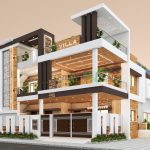
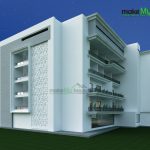



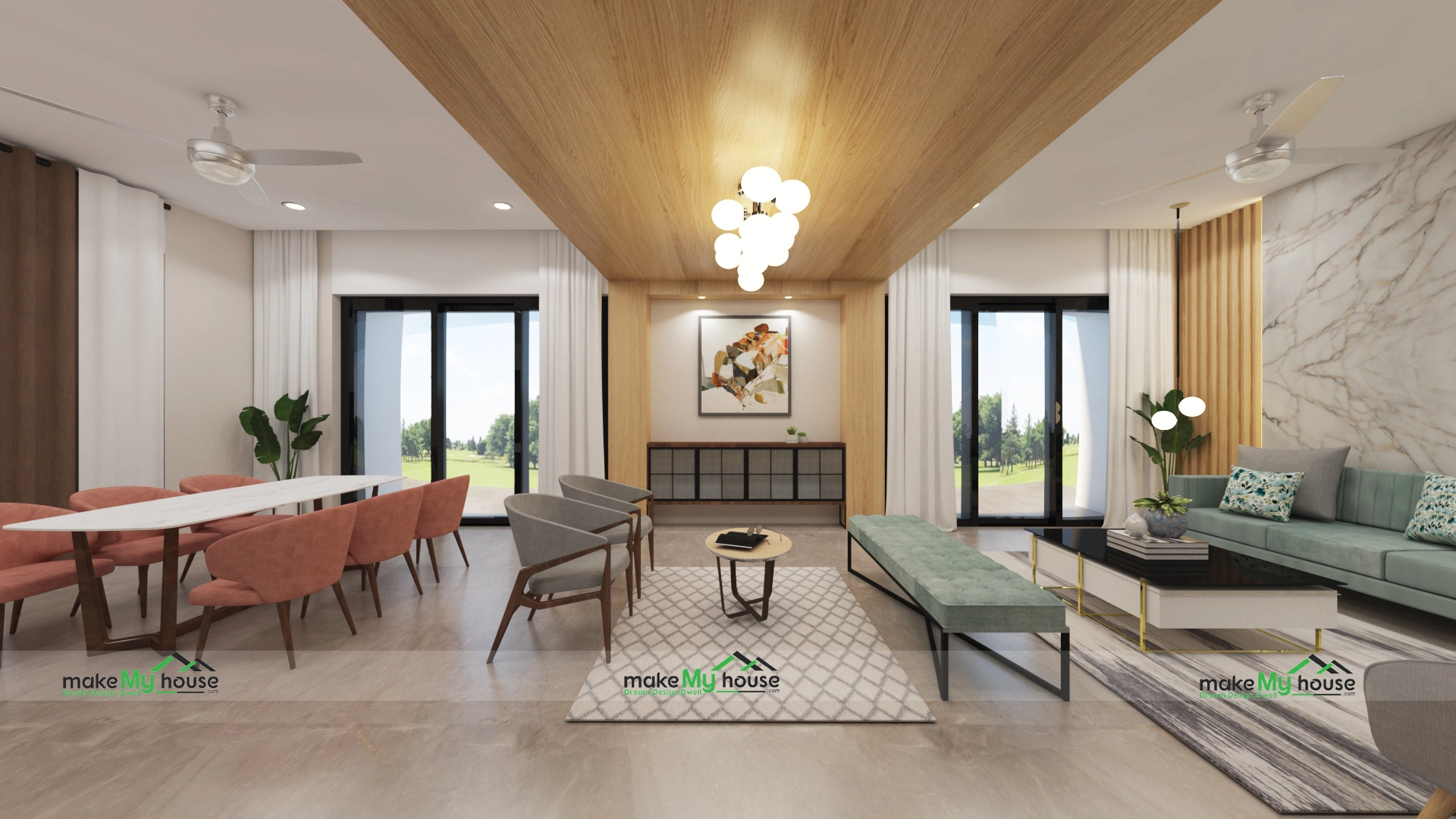

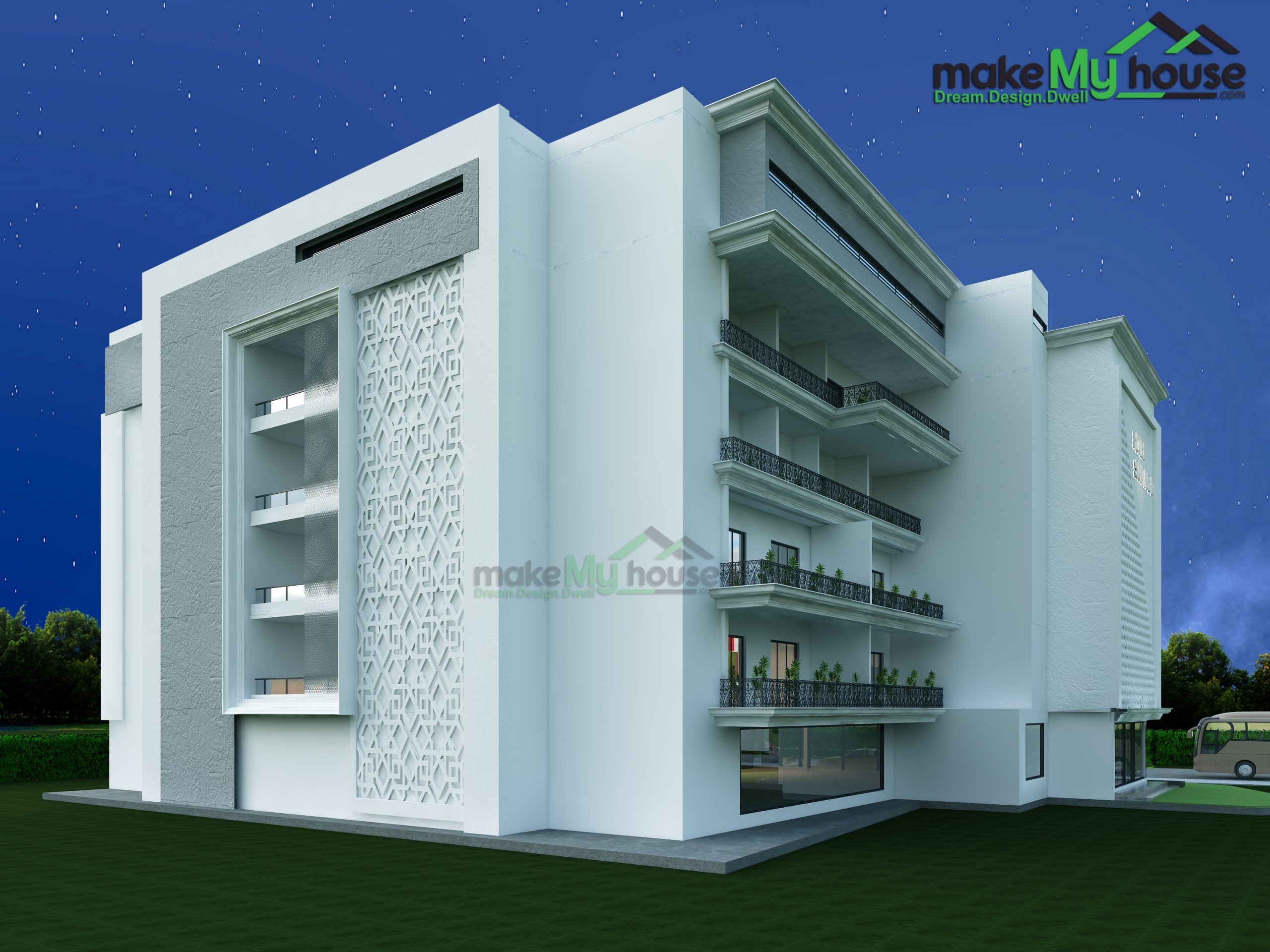
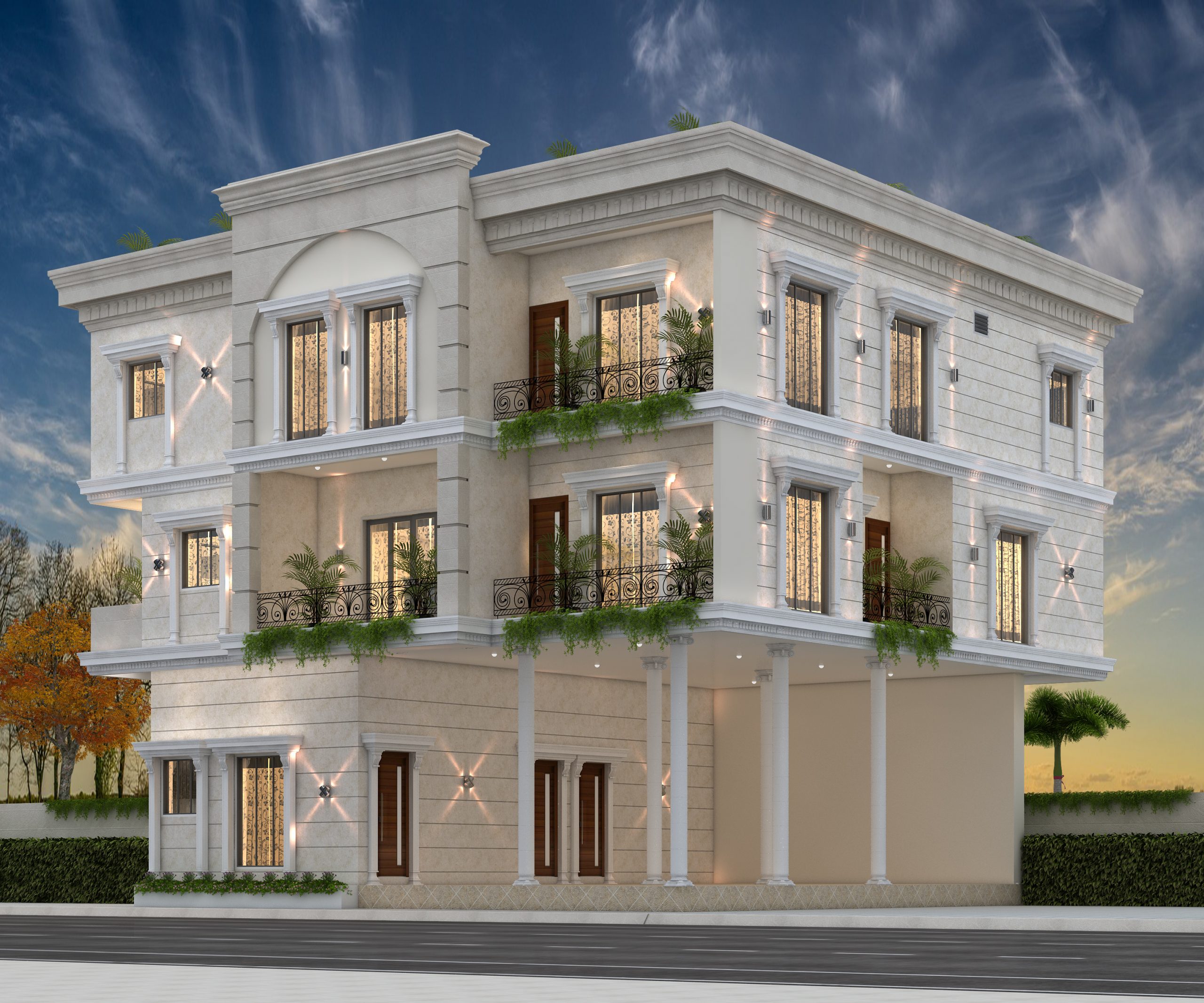
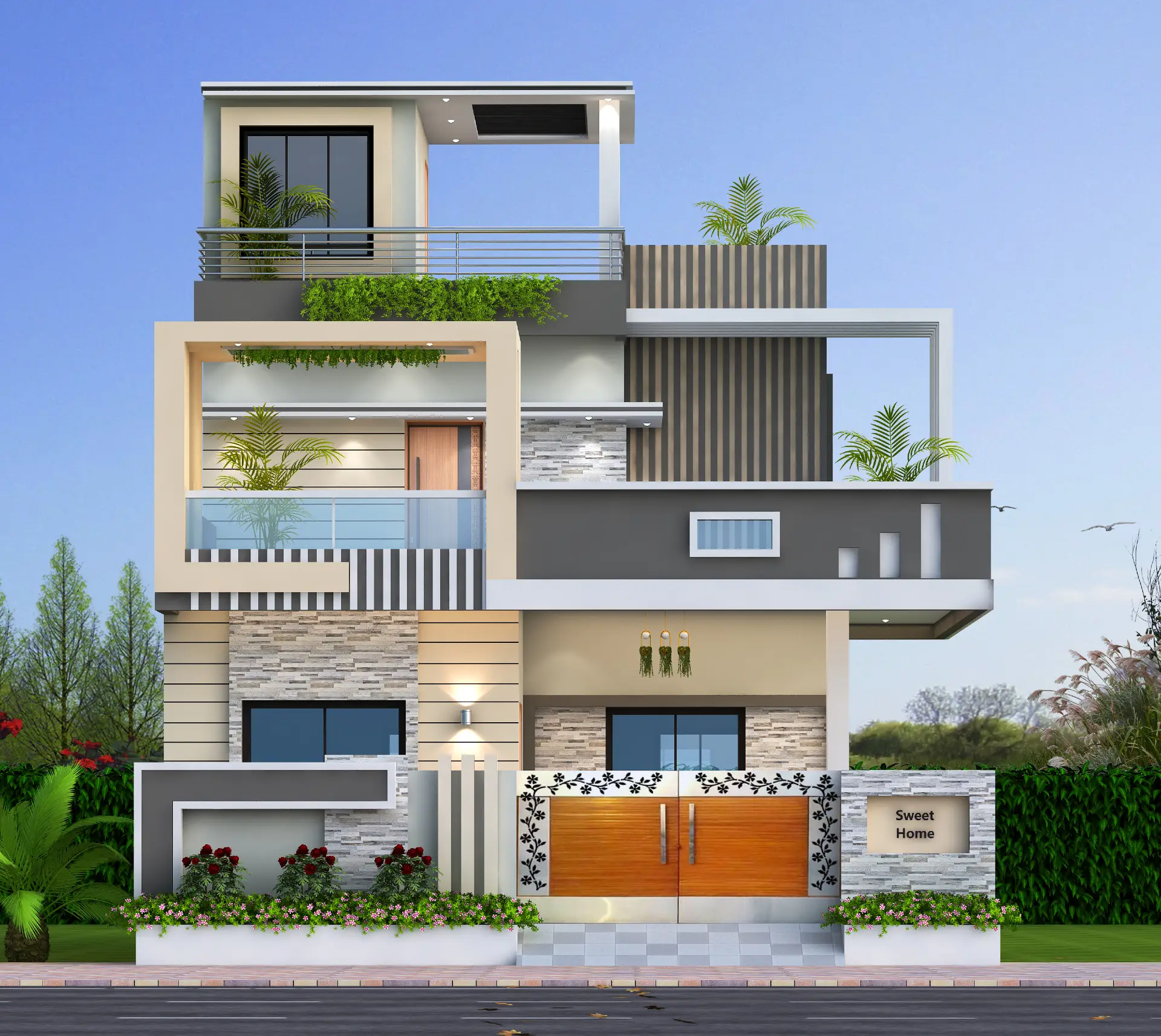
I couldn’t agree more with the importance of natural light in architecture design, and this blog post highlights this crucial aspect beautifully. The emphasis on evaluating buildings based on their ability to effortlessly utilize natural light is commendable.
I appreciate how the article acknowledges that no matter how lavish or comfortable a design may be, compromising on the amount of natural light surrounding it is never acceptable. Natural light has the incredible power to transform a space, creating a warm, welcoming, and inviting atmosphere. Furthermore, its positive effects on our physical and mental well-being cannot be overstated.
It’s disheartening to hear that many spaces today lack sufficient sources of natural light in their architecture design, leading to various health issues among homeowners. This serves as a reminder of the importance of incorporating natural light into our designs, not only for aesthetic purposes but also for the well-being of the occupants.
I believe that architects and designers play a crucial role in maximizing the use of natural light in their projects. By considering factors such as window placement, size, and orientation, as well as utilizing techniques like skylights or light wells, it’s possible to create spaces that are bathed in natural light.
Thank you for raising awareness about this issue and reminding us of the immense impact that natural light can have on our lives. This blog post serves as an inspiration for architects and designers to prioritize natural light in their designs, creating healthier and more harmonious spaces.